- As a whole, this sculpture is designed as a column; it presents a barrel surrounded, as if circled by friezes sculpted horizontally. At the top, a round basin bordered by a frieze of stylized leaves crowns the whole. The round base is decorated with acanthus leaves arranged in a rosette (inserted element).
- The rich decoration, organized in a frieze, develops over the entire column. Two registers unfold a gallery of full-length portraits of four Saints. Each character is sculpted in a niche and is announced by writing in golden letters. The legible writings make it possible to identify "S. Maria", "S. Carpophor", for the others the identity is not revealed. Other "sculpted friezes" with varied ornaments run freely over the entire object: heads of putti, scrolls and acanthus leaves winding outward, faces of male characters with Hispanic physiognomy (mustache with ends bent upwards, wavy hair falling on the shoulders)...
- The decoration is finely sculpted with a profusion of details and a concern to give the illusion of life. The characters of the Saints are for example sculpted with a search for individualization of the faces, in varied poses full of life (contrapostos, gestures...) and with great precision (details of the costumes, drapes, features of the faces...). In addition, we note that the decorative repertoire used takes up processes in imitation of goldsmithery such as "stitched backgrounds". The use of staking makes it possible to hang light and highlight smooth elements like here; vine shoots with polychrome leaves and tendrils stand out against the gilded stippled background. This search for naturalism which flourishes in the human and plant representations and the rendering of textures testifies to a great technical mastery and a very particular sensitivity.
- There are many alternating games created between recessed areas and projecting ones, the contour of the sculpture behaves like a sinuous line, it is hectic. Thus, decorative research prevails over the architectonic spirit; by taking advantage of the round shape of the barrel, the creative freedom of the sculptor manages to thwart the verticality of the object.
- Traces of polychromy (especially greens, reds) painted over the gilding support the precious character of the object, especially when one imagines lighting only by candlelight. The wear of time, by revealing the plate in places, reveals delightful passages of color; from the red of the Bowl of Armenia, to gold and/or polychrome shades.
-Spanish work from the 17th century, lacks are to be noted (see photos).
- Height: 179 cm, Diameter of the upper plate: 31.5 cm, Diameter of the foot: 45 cm


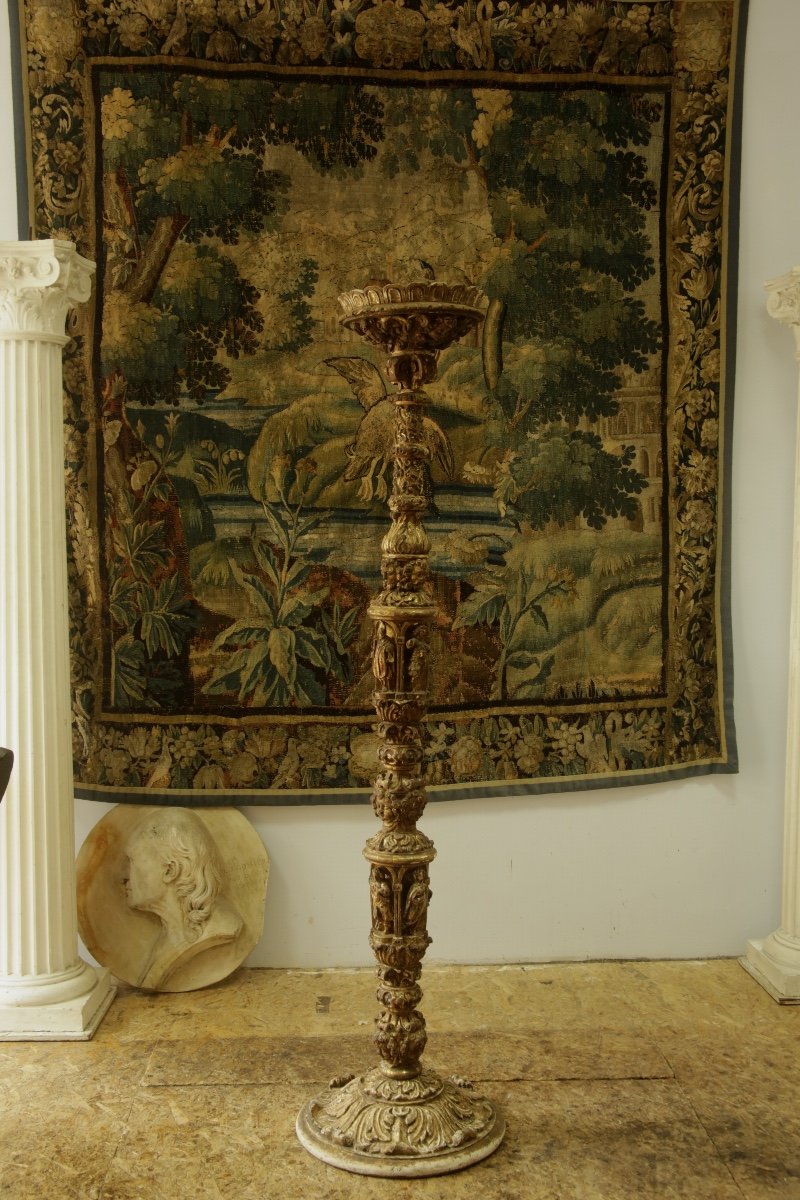
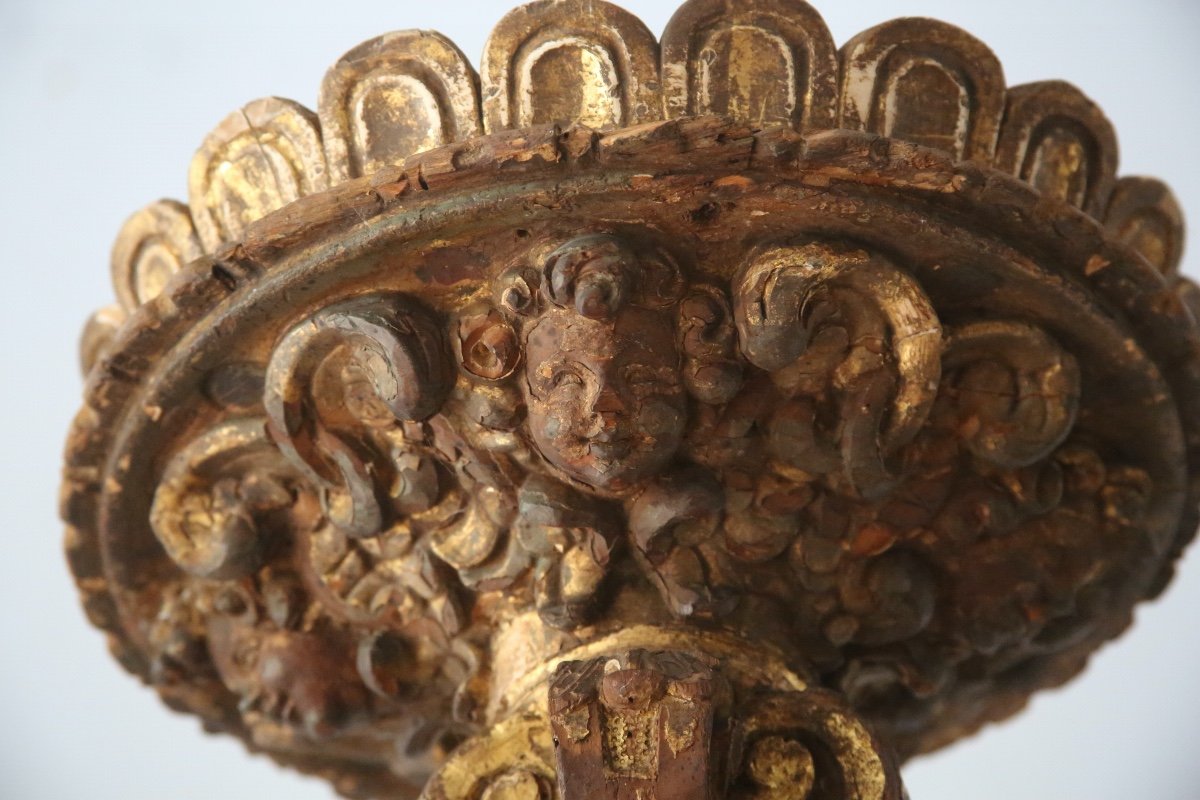
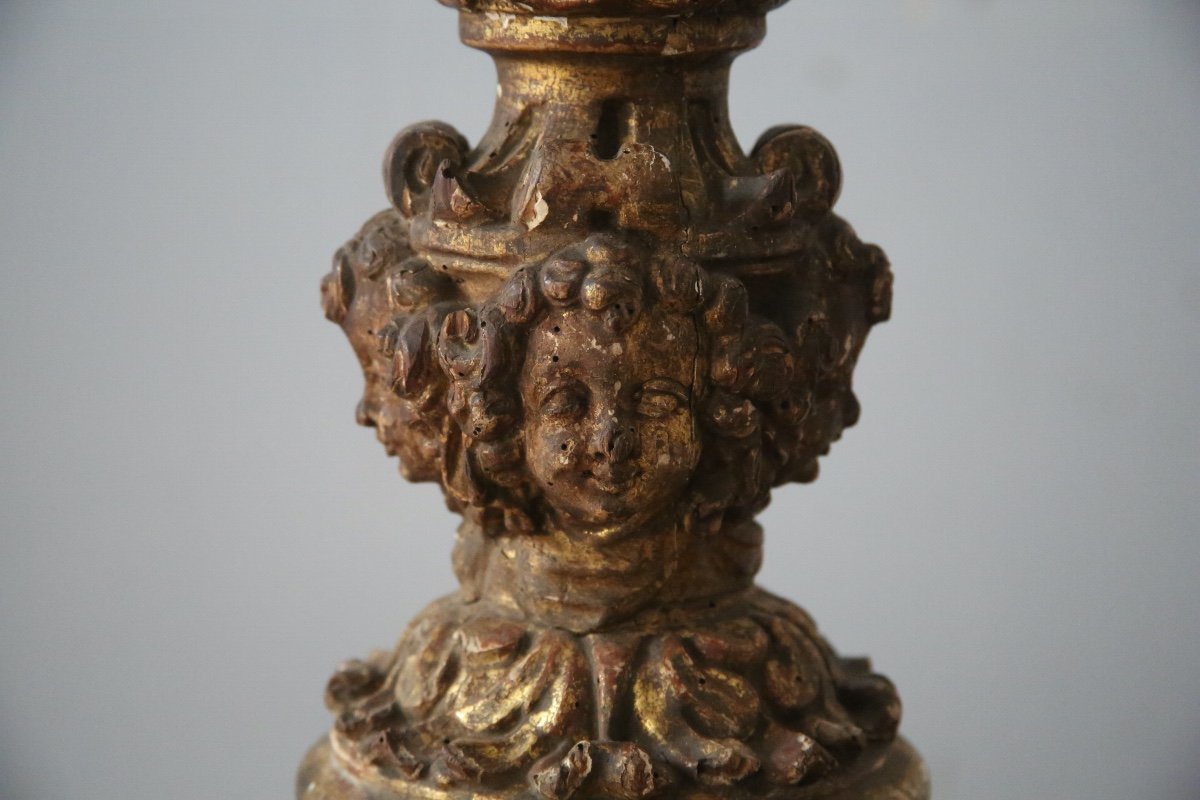
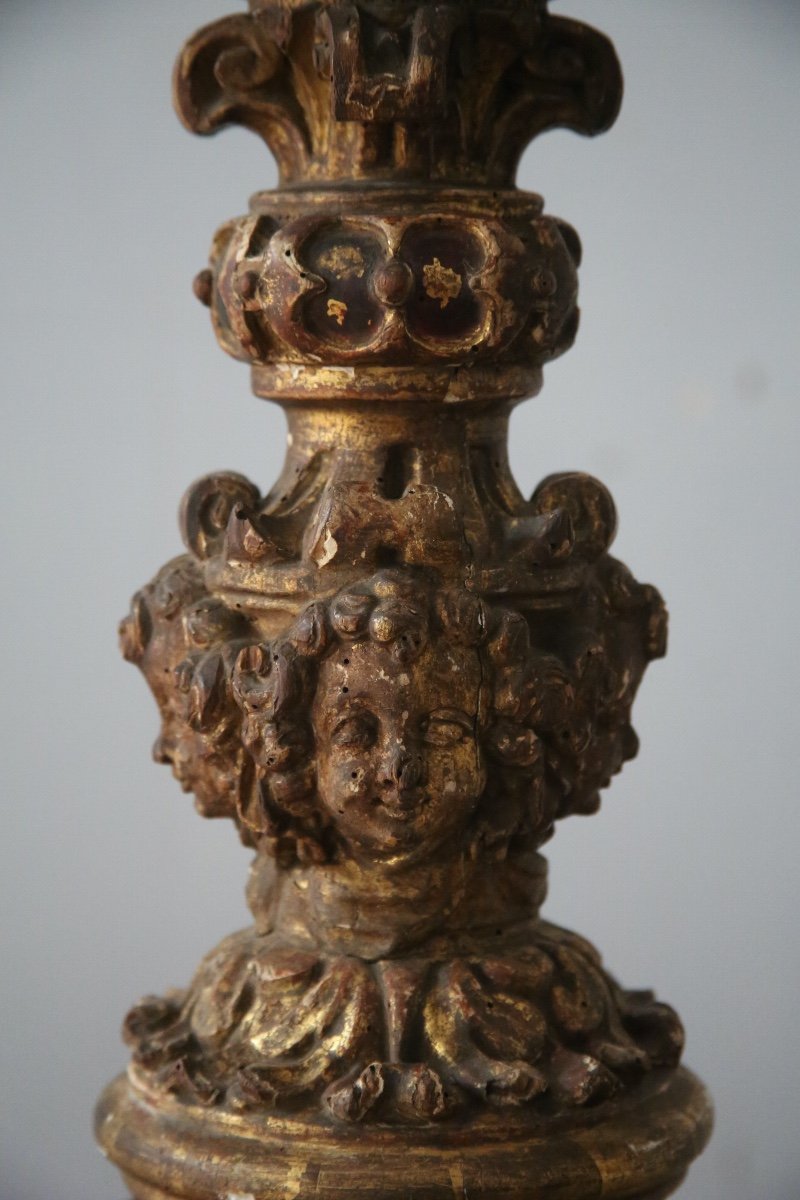
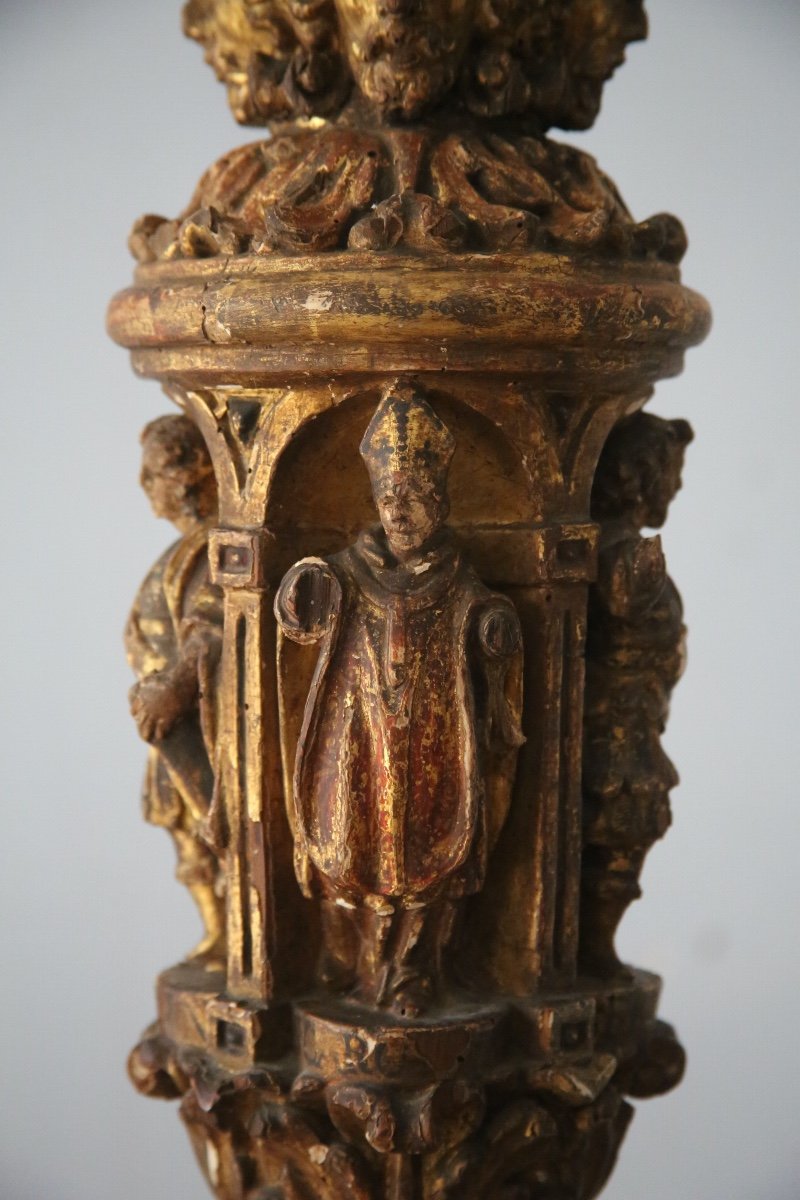
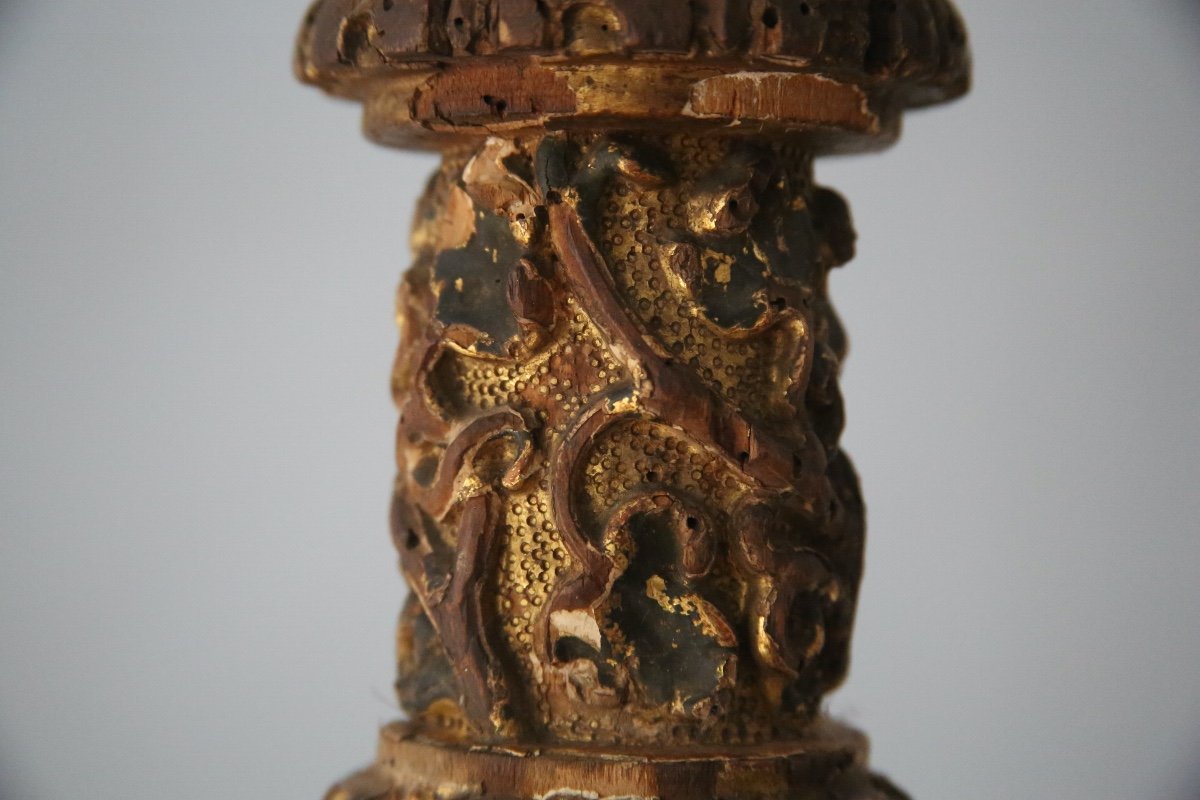
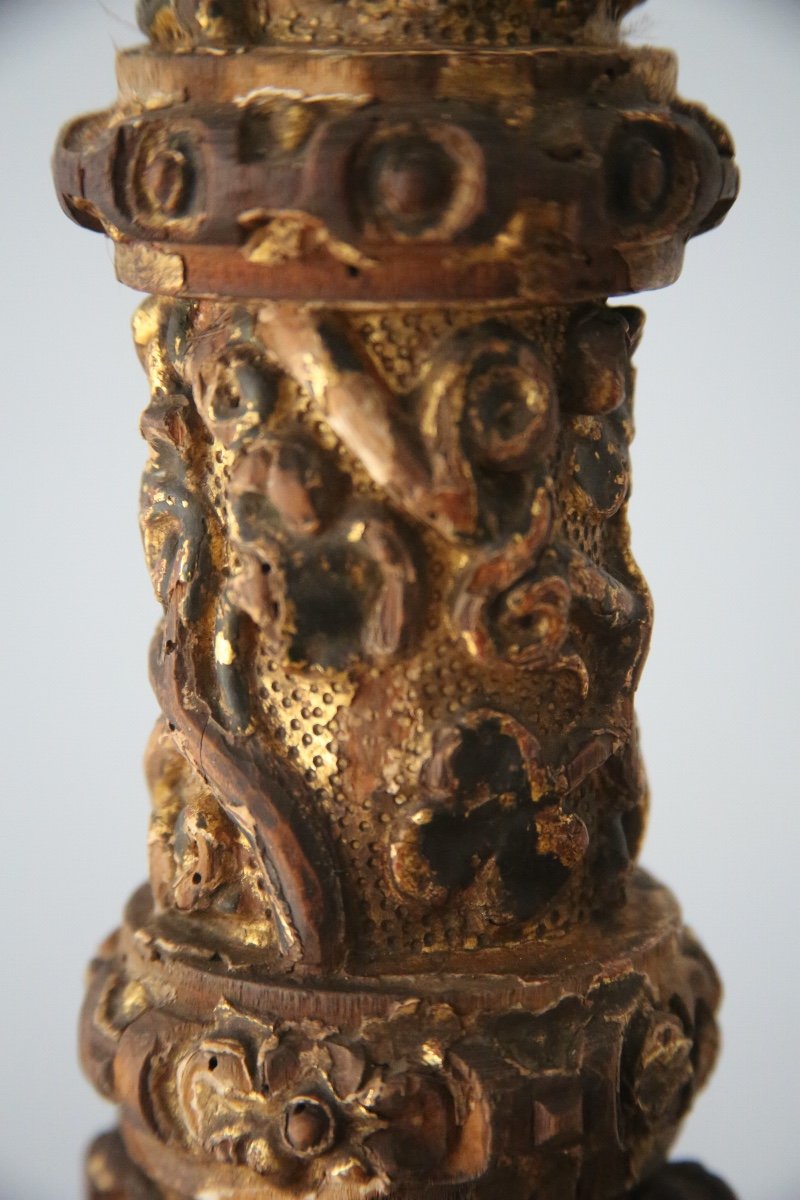
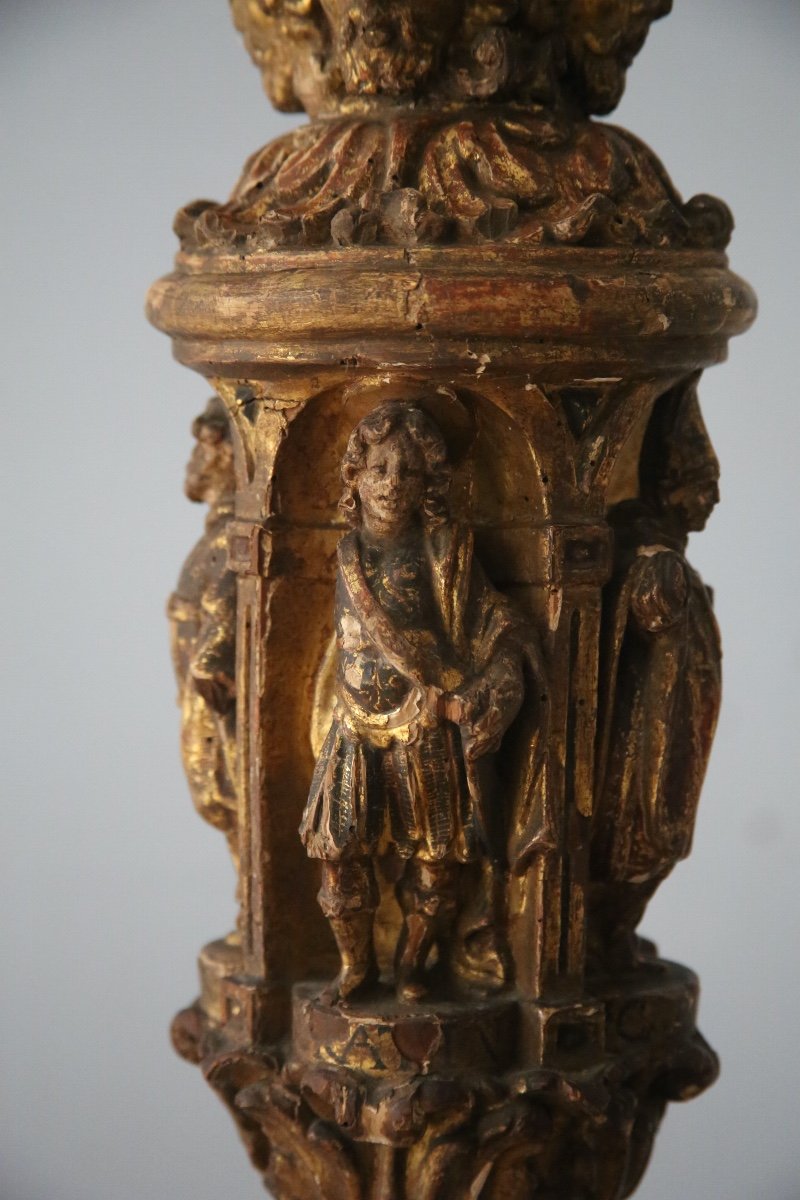
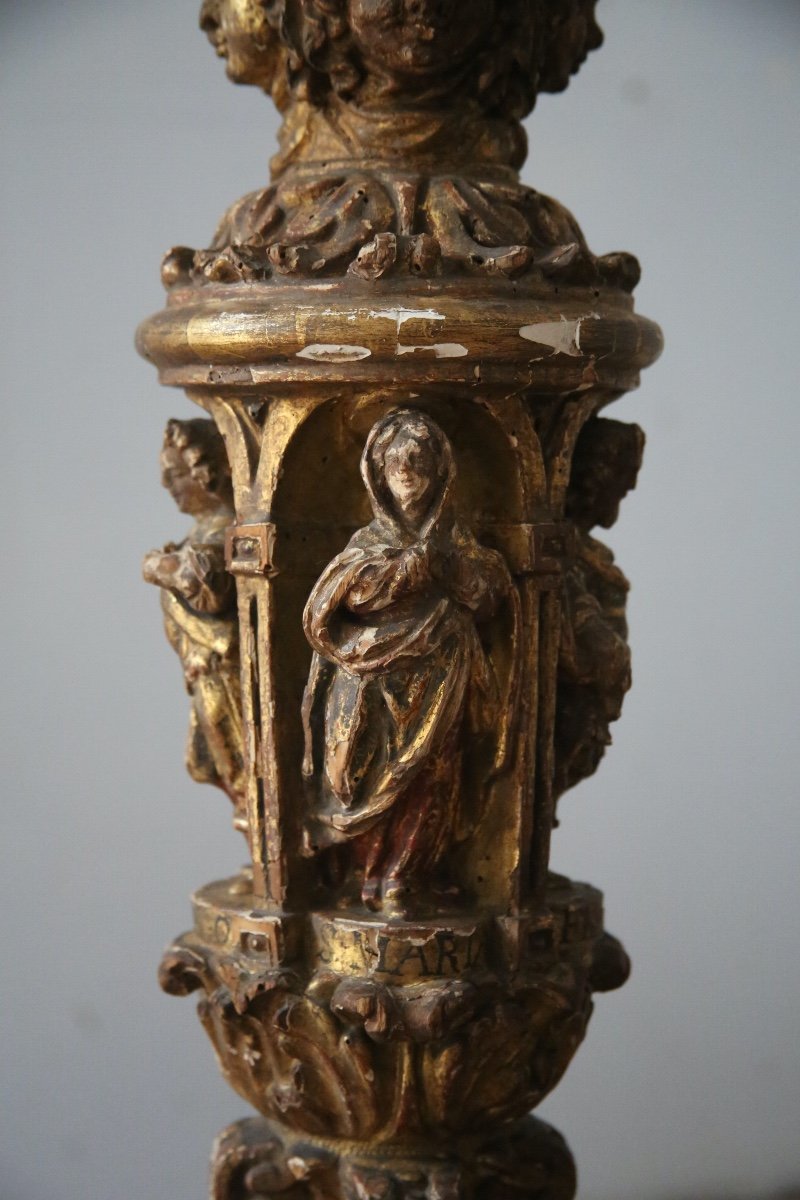
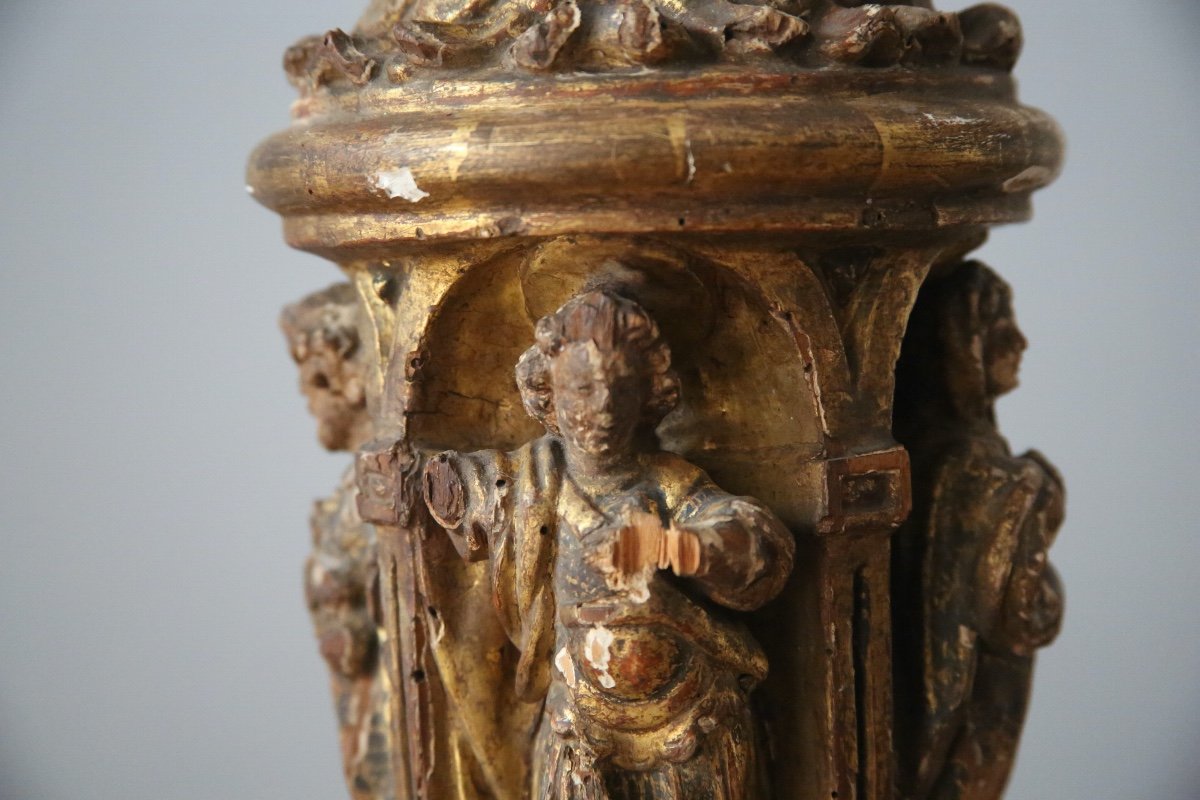
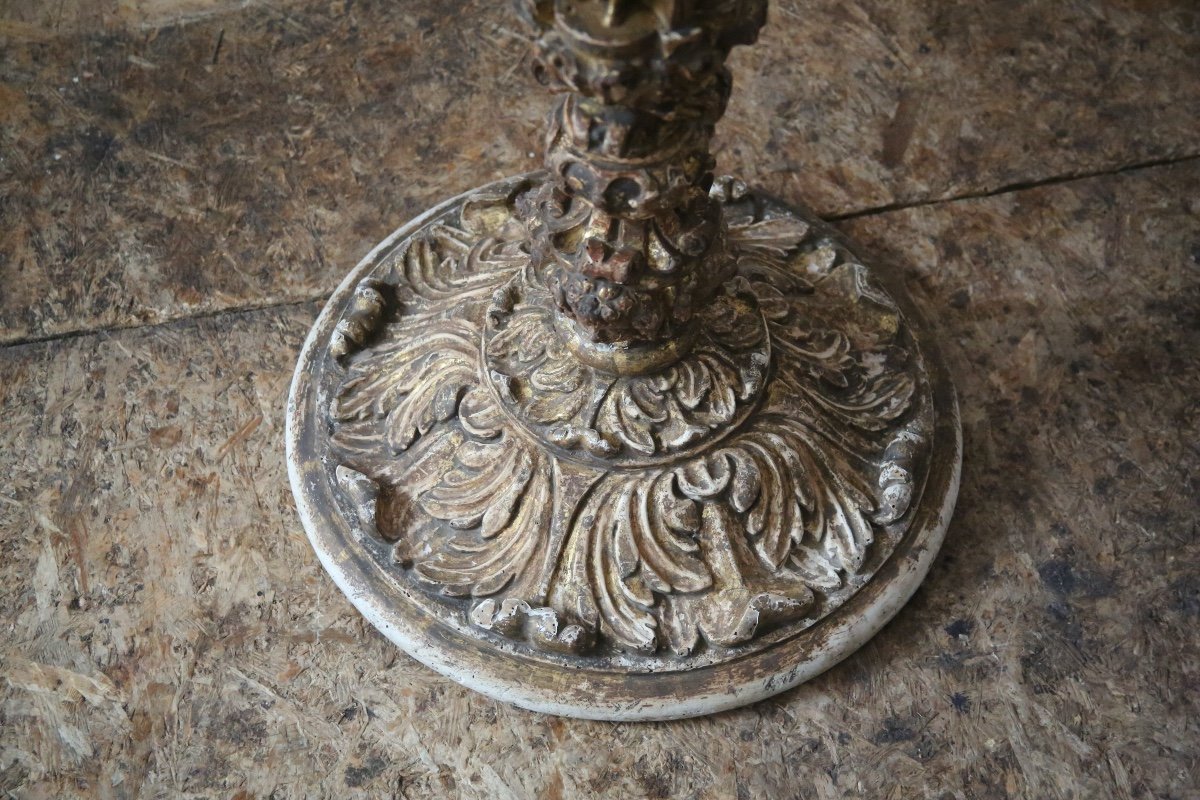
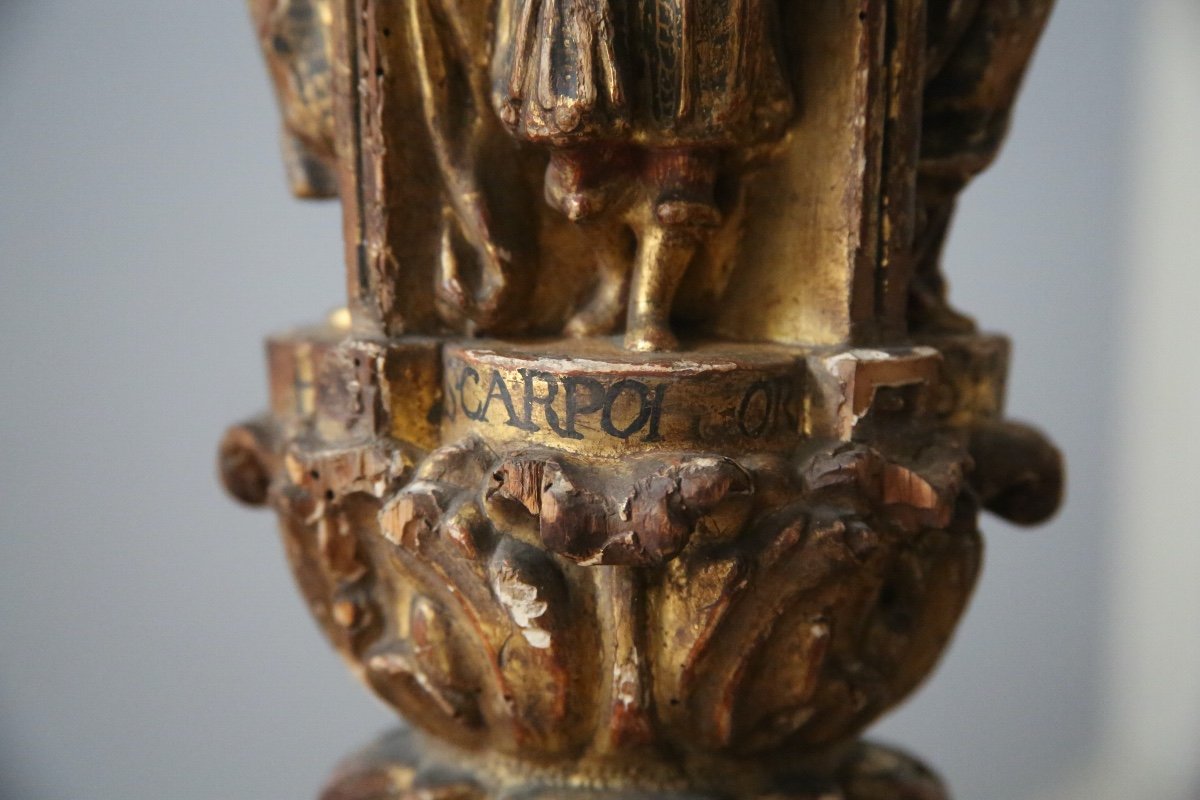














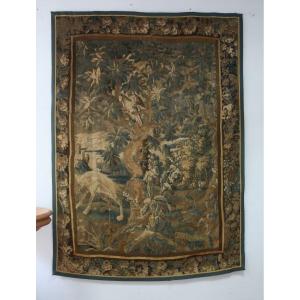
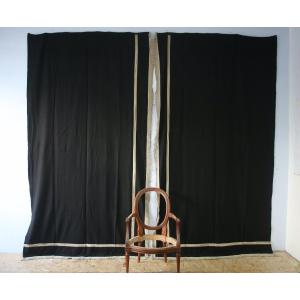




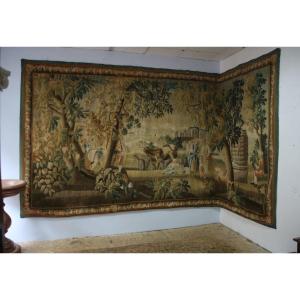

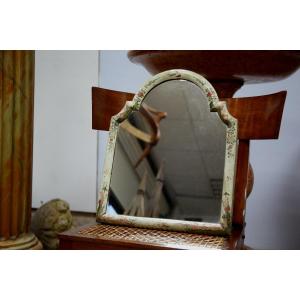


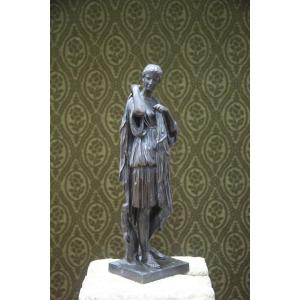




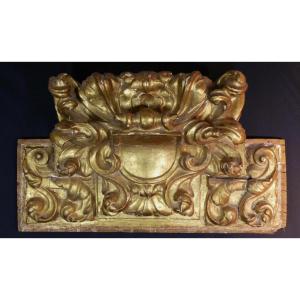

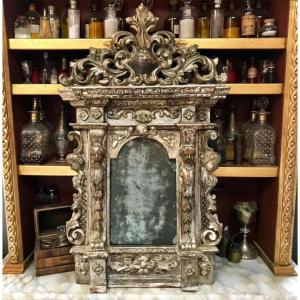



 Le Magazine de PROANTIC
Le Magazine de PROANTIC TRÉSORS Magazine
TRÉSORS Magazine Rivista Artiquariato
Rivista Artiquariato